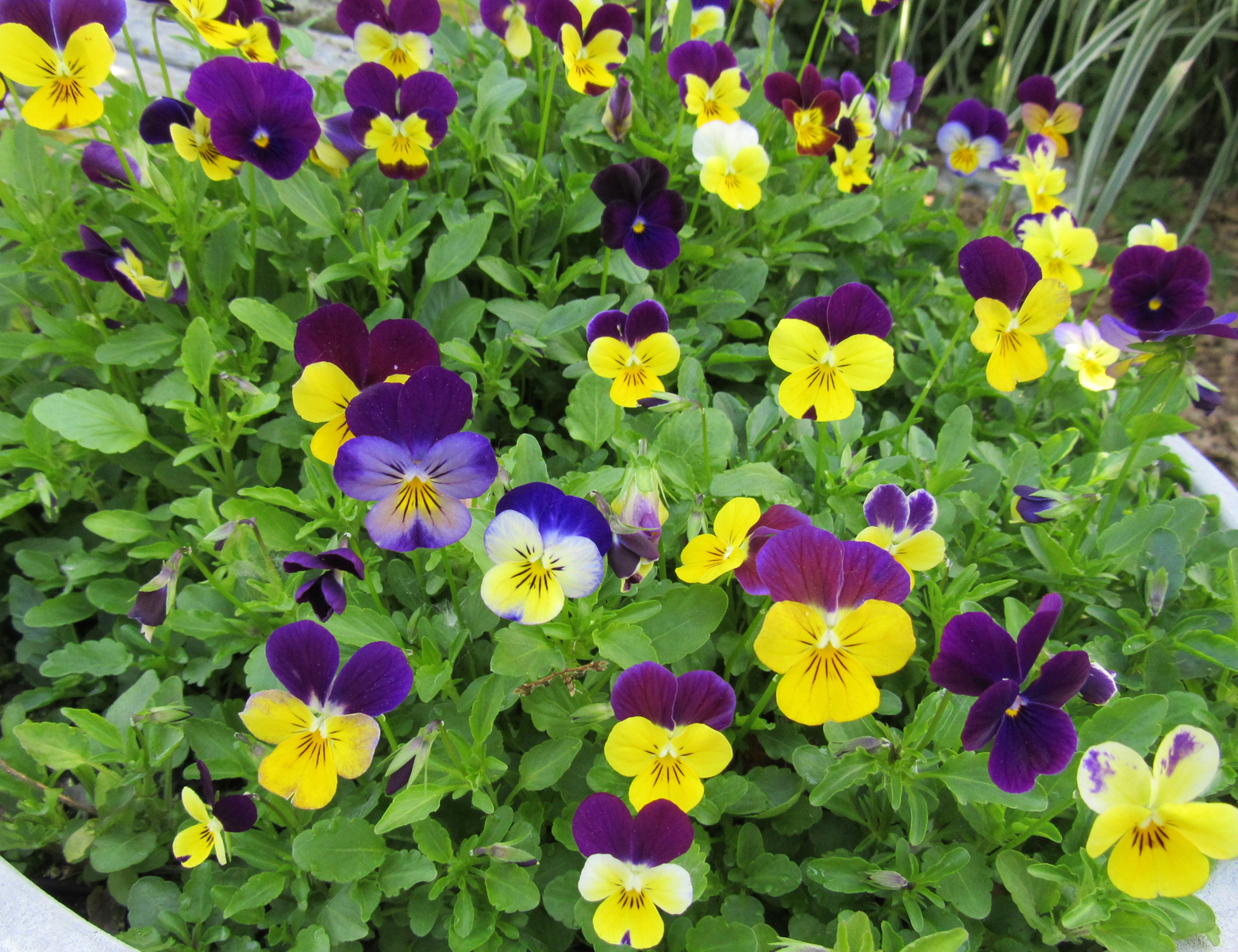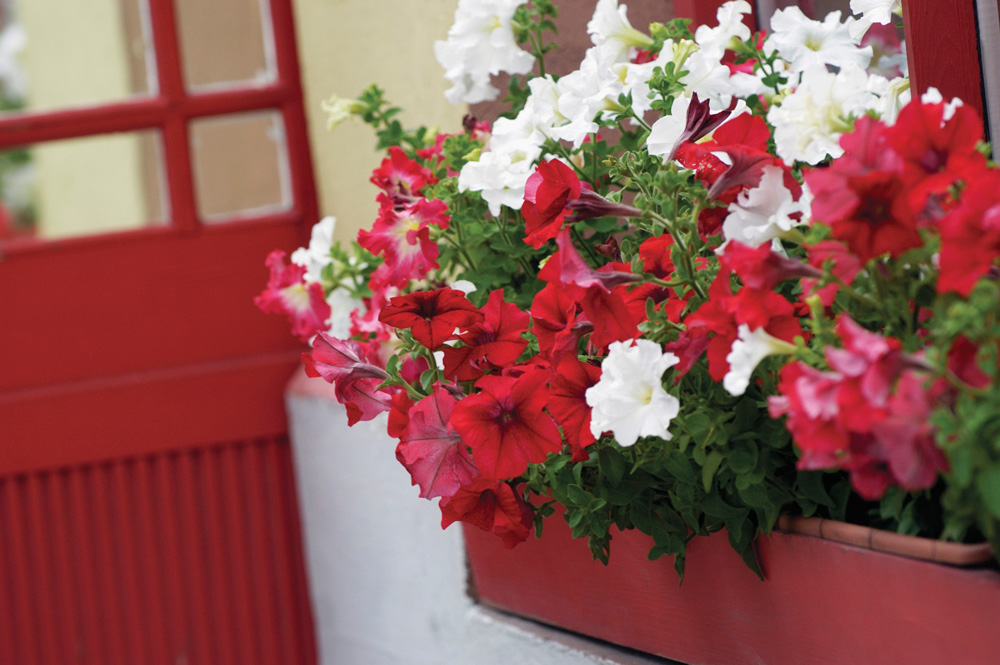Now is the time to plan … Gardening Education Day

Happy Spring! and welcome back for another season of Get Out and Grow!
I’m sure that you are as excited as I am to get outside and into the garden, but remember, before you head out to work, take some time to plan.
Even if you’ve been gardening on the same plot of land for decades, it’s always helpful to assess how your layout and plantings might be improved, and if you are gardening in a new spot for the first time, good planning is even more important.
Location, of course, is huge. For vegetables, give them the sunniest location in your yard – they need at least eight hours of sunlight each day. If a deck or patio is the sunniest spot, grow your vegetables in containers there.
Check the soil where you want to plant by squeezing a handful to test for moisture content. If the squeezed soil forms a clump, it is too wet to work and might easily form hard clumps when dry, making it difficult to cultivate the rest of the season. Organic amendments like compost can be added to improve soil structure and increase yields. If your soil crumbles easily when squeezed, you are fortunate, it is ideal for working.
Make sure your plantings – especially vegetables – are near a water supply and make the most efficient use of space by utilizing trellises and stakes for vining crops like tomatoes, squash, cucumbers, pole beans and peas, which can be grown vertically.
Plan to grow three seasons of vegetable crops – spring lettuce, followed by green beans, followed by fall spinach, for example.
Succession planting can provide an extended supply of vegetables by planting seeds of a given crop at 2 to 3 week intervals. Beans, corn, lettuce, turnips and beets can be grown this way.
Crops like broccoli and cabbage can grow closely together in wide rows so that their outer leaves touch. This reduces wasted space and can shade the soil, helping to retain moisture and suppress weeds.
The use of raised beds in your garden plan helps with maximizing plant growing space. Raised beds are easy to plant and keep tidy and are quick to prepare for spring planting. They also make it easy to improve the soil, because you can easily add topsoil and organic material when you “build-up” the bed.
Lastly, if you are looking for inspiration to start the gardening season, plan to attend Spring into Gardening Education Day, Saturday, April 9 at the Orleans County Cornell Cooperative Extension Education Center, 12690 Route 31, west of Albion.
The event, which runs from 9 a.m. to 2 p.m., includes four workshop sessions and lunch and is hosted by Orleans County Master Gardeners.Workshops include: Planning a Cut Flower Garden/Seeds and Bulbs for Cut Flowers; Herbs; Native Pollinators; What’s Local About Local Foods; Butterfly Gardens; Mystery Make-It/Take-It; and Composting with Worms.
Pre-registration is due by April 1. The cost is $25; $20/senior citizens. Day of event registration is $30. Price includes four sessions and lunch. Registration begins at 8:30 a.m. the day of the event.
For more information, contact 798-4265, ext. 26 or go to www.cceorleans.org.




